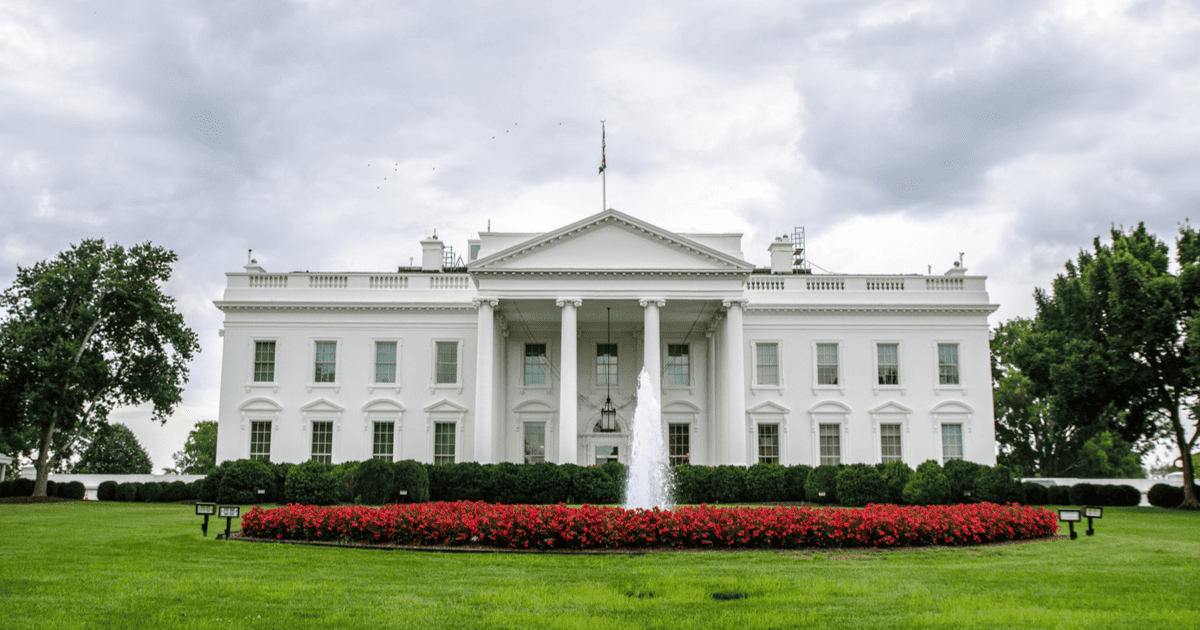There are so many functions of government that occur regularly with little to no attention from the public. Among them is the development and implementation of a Five-Year Federal STEM Education Plan, as required by the America COMPETES Act—a piece of legislation enacted in 2010.
The last plan, released in December 2018, was titled, “Charting a Course for Success: America’s Strategy for STEM Education.” It’s 2023, which means it’s time for a new plan, and the Society of Women Engineers (SWE) and others have been talking to those charged with developing the new plan about what might be in it.
Recently, Karen Horting, SWE’s Executive Director & CEO, and others on SWE’s advocacy team met with leaders at the White House’s Office of Science and Technology Policy (OSTP) about their efforts to update the plan. She shared the following recommendations for their consideration:
- The federal government should promote diversity, equity and inclusion (DE&I) practices across all agencies and STEM and research programs.
- The federal government should prioritize strategies to identify, punish and prevent sexual harassment within STEM education programs and workforce development opportunities.
- The federal government should promote varied pathways to STEM education and careers, including traditional pathways, but also dual enrollments, apprenticeships, re-entry programs, opportunities for career changes and other strategies.
The conversation was a productive exchange, and SWE shared its efforts on the issues that have been and should be included in the plan. SWE shared the letter to state legislators it and partner organizations signed voicing concerns about anti-DE&I legislation that is being introduced in many state legislatures.
In addition, the importance of the bipartisan and bicameral STEM RESTART Act was emphasized, given that supports for STEM workers looking to re-enter the workforce are crucial at the very time that such jobs are integral to the promise of the CHIPS and Science Act.
According to the White House, that legislation, “will strengthen American manufacturing, supply chains, and national security, and invest in research and development, science and technology, and the workforce of the future to keep the United States the leader in the industries of tomorrow, including nanotechnology, clean energy, quantum computing, and artificial intelligence.” Bringing all available STEM talent to this cause is a goal SWE and the White House share.
In addition to this direct conversation, SWE worked with the STEM Education Coalition to ensure that their feedback to OSTP on the plan would cite the need for diversity in the STEM fields as its first concern. The letter says, “Inequities in STEM education must be acknowledged and rectified,” and calls for attracting and retaining more STEM teachers from historically marginalized communities. It also calls for growing the STEM education teaching workforce and clarifying and defining the role of federal agencies in supporting STEM education.
The timeline for finalizing a new five-year plan based on the feedback of SWE and other stakeholders is not clear, but SWE will remain in touch with OSTP as they continue their work.
Author
-

SWE Blog provides up-to-date information and news about the Society and how our members are making a difference every day. You’ll find stories about SWE members, engineering, technology, and other STEM-related topics.






